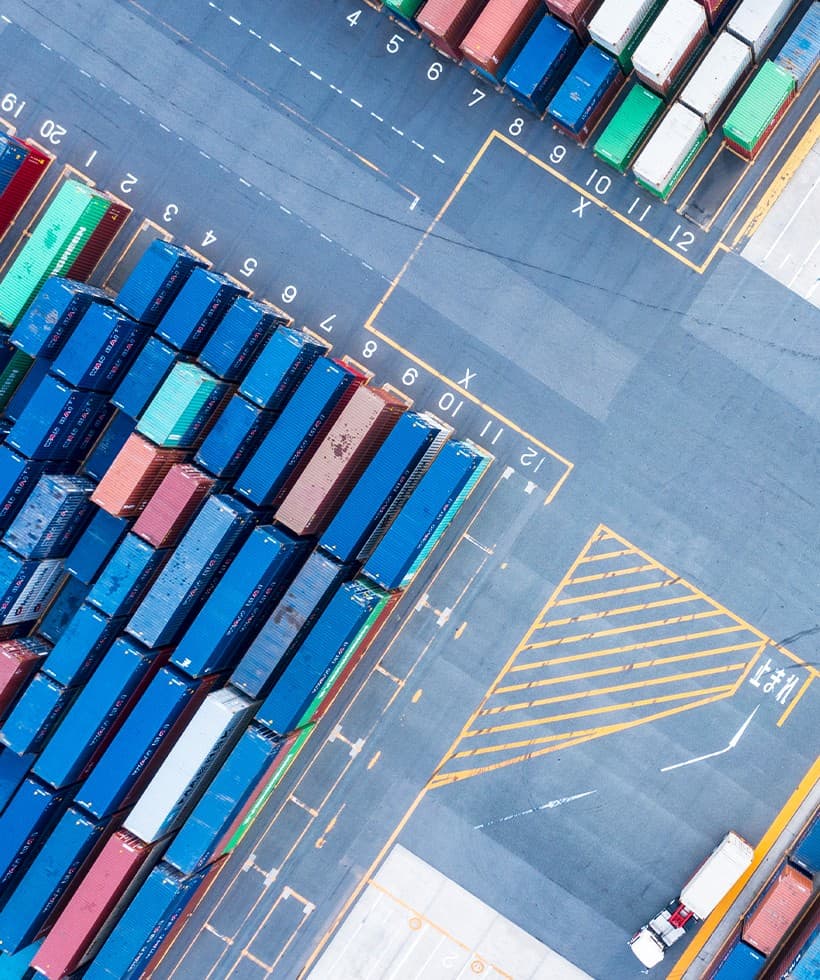Optimize freight costs. Gain end-to-end logistics visibility. Build resilience.
Global supply chains are more interconnected—and more challenging—than ever. Shippers, third-party logistics (3PL) providers, beneficial cargo owners (BCOs), and carriers face mounting pressures: rising logistics costs, fluctuating carrier capacity, and an increasing need for real-time visibility. Are your current transportation management practices keeping you moored to the docks?
In this white paper, explore how a modern transportation system (TMS) can provide your business with the right tools to combat these challenges, pull up your anchor, and sail out towards calmer seas.




